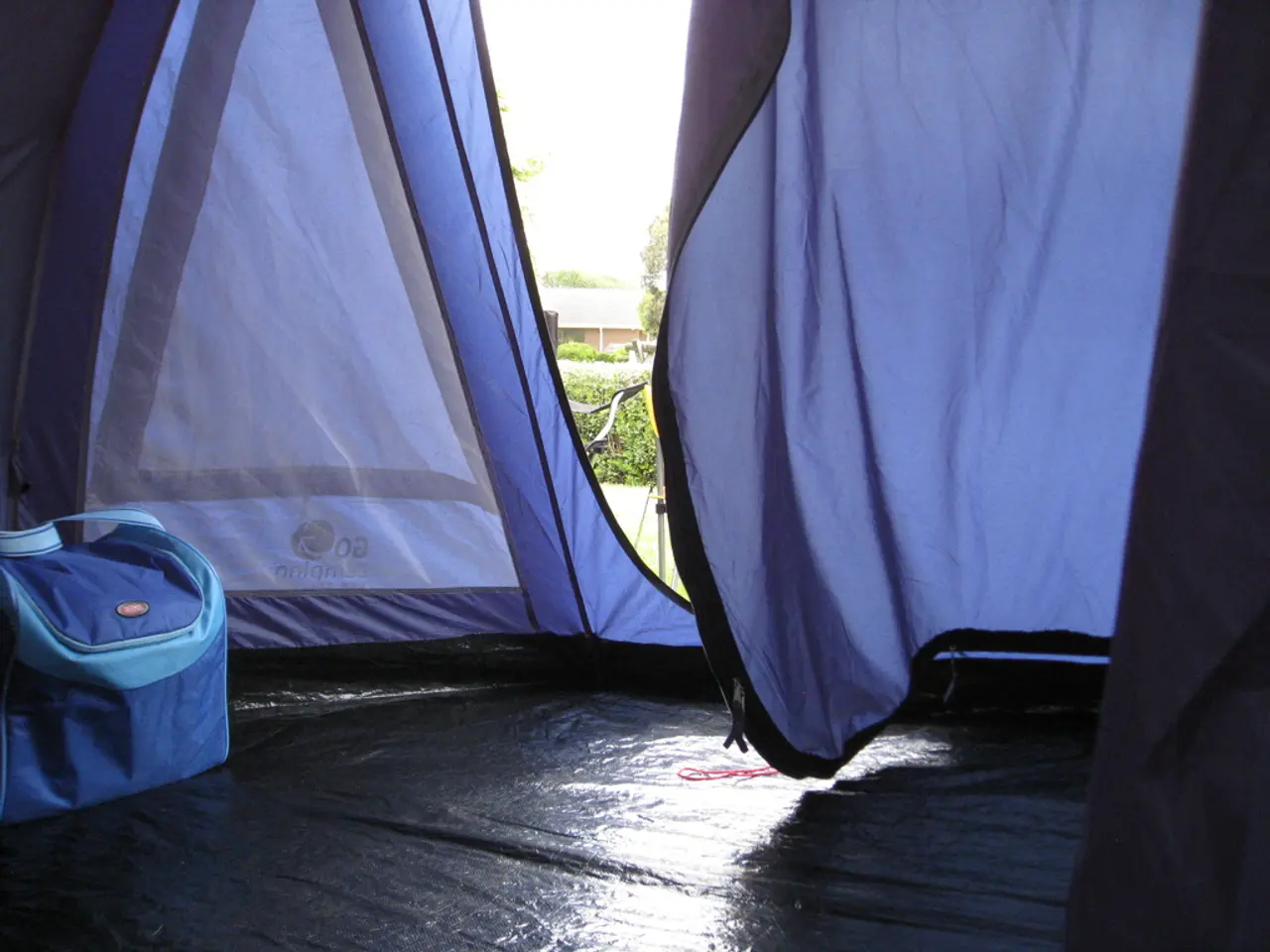Strategies for Vacationing with Children: Peaceful Family Holidays
**Family Travel with Young Children: A Guide to Stress-Free Adventures**
Traveling with young children can be a rewarding experience, creating priceless memories and strengthening family bonds. However, it can also be challenging, with the need for careful planning, patience, and handling unexpected challenges. Here are some strategies to make your next family trip a success.
**Involve Kids in Planning**
Let your children participate in the vacation planning process. Hold a family meeting to discuss destinations, activities, and what each person is excited about. This gives kids a sense of ownership and control, making them more invested in the experience and less likely to resist new activities.
**Visual Travel Stories**
For children who thrive on routine or are anxious about new experiences, create a visual travel story. This can include photos or drawings of each stage of the journey—packing, the car or plane, the destination, etc.—along with simple descriptions of what will happen and what is expected of them. Reviewing this story in advance helps children mentally prepare for changes in routine and reduces anxiety about the unknown.
**Maintain Familiar Routines**
Whenever possible, keep elements of your child’s daily routine intact, even when traveling. Stick to regular meal times, nap/quiet times, and bedtime rituals. Familiar routines provide comfort and a sense of stability in new environments.
**Plan Around Natural Rhythms**
Know your child’s sleep and bathroom needs, and schedule travel to coincide with their usual nap times if possible. This can help ensure that much of the journey is spent sleeping, making the trip quieter and more peaceful for everyone. For babies, consider using a breathable cover over their car seat to mimic a familiar sleep environment.
**Prepare with a “Talk-Through”**
Have a conversation with your child about the trip well in advance. Explain what’s going to happen, how long it will take, and what behavior you expect. Encourage them to brainstorm ways to keep themselves entertained, and involve them in packing their favorite activities. This helps set realistic expectations and empowers them with problem-solving skills.
**Rotate and Introduce New Activities**
Bring a mix of new and familiar toys or activities, keeping some hidden until they’re needed. Toy rotation keeps children engaged for longer periods and can be a lifesaver during long stretches. Quiet, mess-free options like sticker books, magnetic puzzles, and Water Wow books are road-trip favorites.
**Stay Flexible and Patient**
No plan is foolproof with young children. Expect bumps in the road and go in with a sense of humor and patience. Adjust your schedule as needed and remember that breaks for play, snacks, or just running around are often more important than sticking rigidly to an itinerary.
**Pack More Snacks Than You Think You’ll Need**
Hunger and crankiness go hand-in-hand. Bring a variety of healthy, easy-to-eat snacks, but be mindful of excessive liquids that might lead to more stops.
**For Motion Sickness**
Keep remedies like ginger chews, wristbands, or prescribed medication on hand to help alleviate motion sickness. Encourage looking out the window during travel.
**Best Age for Travel**
The best age to take kids on trips depends on the type of travel and the family's goals, but many parents find that ages 5 to 10 are ideal.
**Travel Medical Kit**
A travel medical kit for kids should include pain relievers, motion sickness medication, band-aids, antiseptic wipes, hand sanitizer, and any necessary prescription medicines.
**Entertainment for Long Flights**
To keep a child entertained during long flights, bring a mix of entertainment such as coloring books, toys, puzzles, and pre-downloaded movies or audiobooks.
By layering these strategies together, you can create a more relaxed and enjoyable experience for both children and adults, making family travel not just bearable, but memorable and rewarding.
Kids may enjoy planning parts of the family trip, such as selecting destinations or activities that interest them. A visual travel story can help alleviate anxiety in children by providing a clear sense of what to expect during a trip. Maintaining familiar routines, like meal times or bedtime rituals, can create a sense of stability in unfamiliar environments. Additionally, staying flexible and patient, and being prepared for unexpected challenges, can ensure a successful family travel experience. To prepare for long flights with young children, it may be helpful to bring a variety of entertainment options, such as books, puzzles, and pre-downloaded movies or audiobooks.




